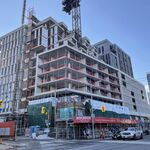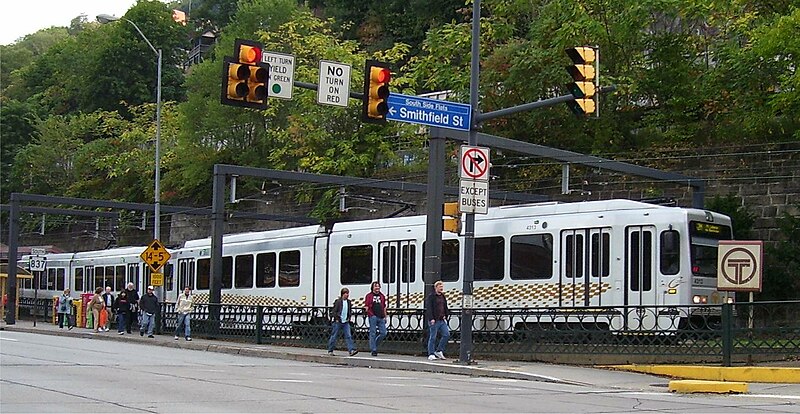Epi
Active Member
Someone needs to start going to local TC and government meetings to let them know we understand the differences and to not let them screw up Eglinton LRT by building some rinky dink streetcar. I don't have the ability right now because I'm currently applying to go to college and won't even be in Ontario until this fall, and that's only if I even get this next plan of mine to work.
The entire issue is an issue of cost vs usefulness.
Currently ridership on Eglinton in no way justifies a full blown subway. Projections 20 years from now, in absolutely no way justifies a full blown subway. LRVs were chosen because of the fact that they provide the capacity needed for as far as we can predict.
Meanwhile, somewhere in there is the issue of cost. While it doesn't justify a subway, obviously if we had infinite money, a subway may be a good idea, but since we don't have infinite money, LRV is what we get.
So then it breaks down to whether you want a 100m long LRV or a shorter 40-50m long LRV. What does ridership justify? How much more would it cost to double the size of all the stations, buy a completely different vehicle then the rest of Transit City (and the rest of the TTC fleet for that matter) and be able to service these vehicles, while losing the interoperability of different TC lines?
Now compare to how much more capacity having 100m long trains would give compared to 50m long trains, and does the ridership support this?
IF the cost is negligible, then it's not an issue. Sure let's massively overbuild the entire system, why not? IF the cost IS an issue, then we should not massively overbuild it, or else funding may evaporate for other greatly needed projects as well.
Finally, what is the cost of having this so called 'modular LRV' version vs putting in some couplers on the 'tram' version? If putting couplers is basically the same, wouldn't it make vastly more sense to just order the tram with couplers because then at least the purchasing of the vehicles is basically all the same vehicles aside from couplers, and the maintenance, training labour and parts would be basically exactly the same for all TC lines? Furthermore, since the TTC already committed to Flexity trams for the legacy fleet, likely they will use the same again, to save on costs, training more people, and parts.
As an aside, the highest ridership will likely be from the middle tunneled portion anyway. If the TTC were short-turning vehicles within that tunnel, because there's no stoplights there and thus it will inherently be more efficient than the surface portions, do we really NEED such massive trains anyway? Won't ridership be served either way?
Like what would be more prudent. Running 1/2 empty 100m long trains in the surface regions, or running 2x the number of 50m long trains in the middle portion. The cost of hiring like 5-10 more drivers vs the added costs of greatly increasing the size of surface stations, greatly increasing the costs of maintenance, and cost of making a very different vehicle, and greatly increasing the costs of buying extra cars, because now EVERY train has 50metres of useless cars for the more 'empty' parts of the line.
Last edited:





